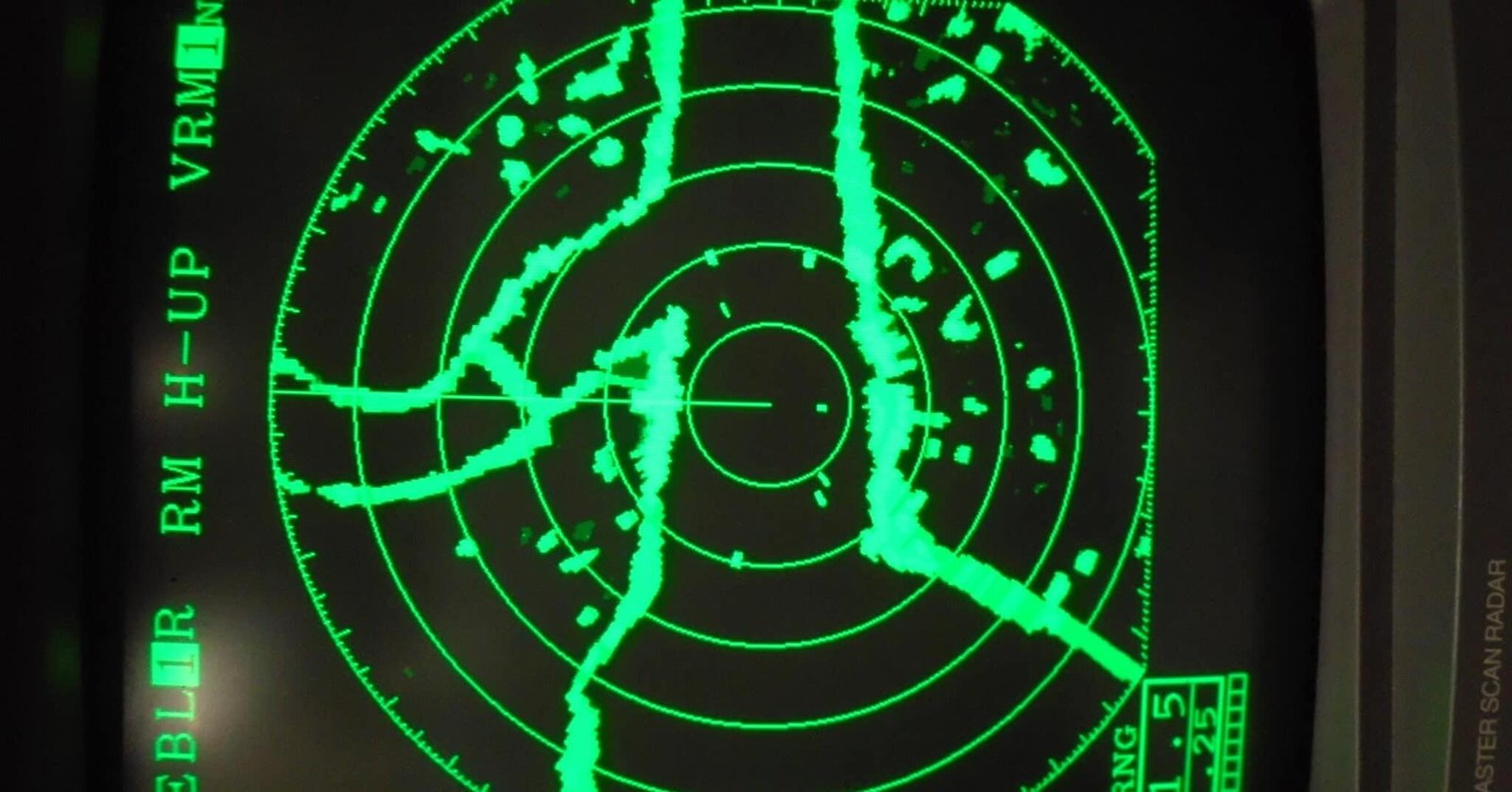Are you curious to know what is raster scan display? You have come to the right place as I am going to tell you everything about raster scan display in a very simple explanation. Without further discussion let’s begin to know what is raster scan display?
In the world of visual technology, the display systems we use daily employ various methods to render images, text, and graphics. Among these methods, the raster scan display stands as a fundamental yet pivotal concept. Let’s dive into the intricacies of raster scan displays, exploring their workings and significance in modern visual systems.
What Is Raster Scan Display?
A raster scan display is a type of electronic display system where the image is generated and displayed on a screen by systematically scanning its components. This method involves dividing the screen into a grid of pixels arranged in rows and columns. Each pixel represents a tiny portion of the image and contributes to forming the overall visual output.
How Does It Work?
- Pixel Matrix: The screen is divided into a matrix of pixels. These pixels are the smallest units that can be controlled and manipulated to create images.
- Scanning Process: A beam of electrons, commonly in older cathode-ray tube (CRT) displays or through electronic signals in modern displays, systematically moves across the screen, scanning rows of pixels from left to right and top to bottom.
- Pixel Illumination: As the beam moves, it illuminates or activates specific pixels according to the image data it receives. The intensity or color of each pixel is determined by the data provided, creating a visual representation.
- Refresh Rate: Raster displays have a refresh rate, indicating how many times per second the entire screen is redrawn. A higher refresh rate often results in smoother motion and reduces flickering.
Significance And Applications
- Versatility: Raster scan displays are versatile and widely used in various devices such as computer monitors, televisions, smartphones, and digital cameras due to their ability to render detailed images.
- Digital Imaging: They form the basis for digital imaging techniques, enabling the display of high-quality images and videos.
- Graphics Rendering: Raster displays are essential for rendering graphics in video games, design software, and multimedia presentations.
- Medical Imaging: In fields like medicine, raster scan displays are crucial for visualizing medical scans, X-rays, and other diagnostic images with precision.
On GetDailyBuzz you will get to know beneficial information which required in your daily life.
Advancements And Challenges
- Resolution: Improvements in technology have led to higher display resolutions, enhancing image clarity and detail.
- Response Time: Modern displays aim for faster response times to reduce motion blur and input lag, enhancing the overall viewing experience.
- Challenges: Despite advancements, raster scan displays face challenges such as screen tearing, where frames are not in sync, and limitations in displaying dynamic content compared to newer display technologies like OLED or QLED.
Conclusion
Raster scan displays have been integral in shaping our visual experiences across various digital devices. Understanding their workings provides insights into the foundations of display technology and its evolution. While newer technologies continue to emerge, the raster scan method remains a cornerstone in the realm of visual representation, with its legacy continuing to influence modern display innovations.
In a constantly evolving technological landscape, the role of raster scan displays continues to evolve, contributing to the ever-improving quality and fidelity of visual content in our daily lives.
FAQ
What Is A Random Scan Display?
The random scan is a technique in which the display is constructed through an electron beam, which is directed only to the specific areas of the screen where the image is to be sketched or drawn. The resolution of the random scan display is high, and thus it delivers smooth image drawing.
What Do You Mean By Vector Scan Display?
A vector monitor, vector display, or calligraphic display is a display device used for computer graphics up through the 1970s. It is a type of CRT, similar to that of an early oscilloscope. In a vector display, the image is composed of drawn lines rather than a grid of glowing pixels as in raster graphics.
What Is A Pixel Raster Scan?
These are the types of images that are produced when scanning or photographing an object. Raster images are compiled using pixels, or tiny dots, containing unique color and tonal information that come together to create the image.
What Is Raster In Sem?
A scanning electron microscope (SEM) is used to create an image of a small surface of a sample by firing a high intensity beam of electrons at the samples surface and scanning it in a zig-zag type pattern (raster scanning).
I Have Covered All The Following Queries And Topics In The Above Article
What Is Raster Scan Display In Computer Graphics
What Is Raster And Random Scan Display System
What Is Raster And Random Scan Display System.
What Is Raster Scan Display With Example
What Is Raster Scan Display In Computer Graphics
What Is Raster Scan Display Explain With Example
Raster Scan Display Diagram
What Is Raster Scan Display Pdf
Random Scan Display Example
Raster Scan Display And Random Scan Display
Random Scan Display In Computer Graphics
What Is Raster Scan Display

